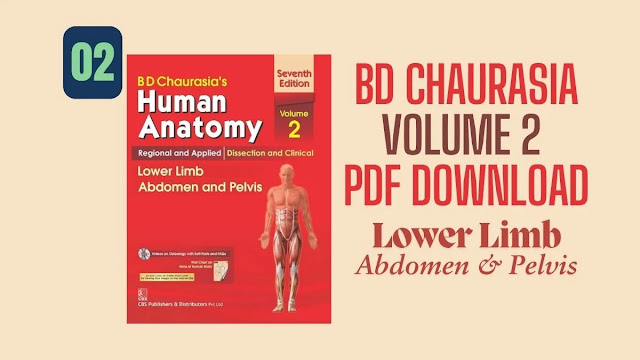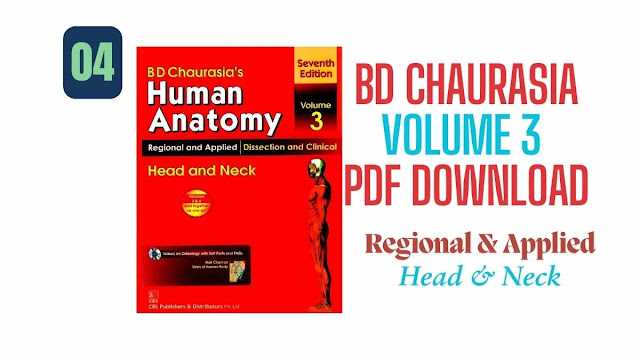This article gives a clear overview of BD Chaurasia Anatomy Volume 1 PDF. It focuses on the upper limb and thorax. This resource helps medical students and anyone curious about these complex body areas.
Introduction to BD Chaurasia Anatomy Volume 1 PDF
BD Chaurasia Anatomy Volume 1 PDF is an important textbook in medical education. It provides a deep look at human anatomy, focusing on the upper limb and thorax. This book is key for medical students. It gives a strong base for grasping complex structures and how they work together. The Medical Council of India recognizes its importance. It also aligns with the standards set by the Journal of Anatomical Society of India. Departments of Anatomy in medical schools rely heavily on this text. The book also covers the development of these regions, beginning in the womb.
Surface Anatomy and Surface Landmarks of the Upper Limb
The surface anatomy of the upper limb is crucial for clinical practice. Palpating and visualizing surface landmarks allows healthcare professionals to assess underlying structures. The palm and back of the hand, as well as the top, inside, back, and side of the arm, give important details.
Key bony prominences are:
- Acromion process
- Olecranon process
- Coronoid process
- Styloid process
- Coracoid process
They serve as important reference points. Knowing the dorsal and medial sides of the limb is key for proper diagnosis and treatment.
Bones of the Upper Limb
The upper limb skeleton consists of the bones of the arm, forearm, and hand. The hand has carpal and metacarpal bones. One of these is the scaphoid bone, which is often fractured. Key features of the forearm bones include the radial tuberosity and ulnar tuberosity. The head of ulna and ulnar head are important landmarks. The radius and ulna articulate at the radial notch and trochlear notch. The scapula has a suprascapular notch. The sternum includes a jugular notch and a subclavian groove.
Joints of the Upper Limb
The upper limb contains several important joints. These joints are the elbow, wrist, radioulnar, sternoclavicular, and metacarpophalangeal joints. Ligaments, such as the annular ligament and oblique cord, play a vital role in stabilizing these joints.
Muscles of the Upper Limb
The muscles of the upper limb facilitate a wide range of movements.
Key muscles are:
- Biceps brachii
- Flexor carpi radialis
- Flexor carpi ulnaris
- Abductor pollicis longus
- Extensor indicis
- Deltoid muscle
The pectoralis minor also acts on the upper limb. Intrinsic muscles of the hand allow for fine motor control. The scapula features the infraspinous fossa and subscapular fossa. The acromial fibres and rough strip are important muscle attachment sites.
Nerves of the Upper Limb
The nervous system provides innervation to the upper limb. Major nerves include the ulnar nerve, radial nerve, and nerve of arm. Spinal nerves contribute to the innervation. Digital nerves supply the fingers. The nerve of forearm and Cutaneous Nerves provide sensory innervation. The Medial cord and lateral cord of the brachial plexus are important. The posterior aspect of the limb is related to specific nerve distributions. The Spinal root and root of median are crucial components of the brachial plexus.
Blood Supply of the Upper Limb
The upper limb receives its blood supply from a network of arteries and veins.
Key arteries are:
- Radial artery
- Nutrient artery
- Interosseous artery
- Subclavian artery
- Cervical artery
- Humeral artery
- Thoracic artery
- Intercostal arteries
- Scapular artery
- Suprascapular artery
Key veins are the cephalic vein, basilic vein, deep veins, perforator vein, and preaxial vein. The nutrient foramen is an opening in bone for the passage of blood vessels.
Lymphatics of the Upper Limb
The lymphatic system drains the upper limb. Axillary lymph nodes and axillary nodes are important sites of lymphatic drainage. Both superficial lymphatics and deep lymphatics are present in the upper limb.
Thorax: Bones and Surface Anatomy
The bony framework of the thorax protects vital organs. Key structures are the xiphoid process, sternal angle, suprasternal notch, jugular notch, and costal cartilage. The ribs form the posterior border, and the clavicle contributes to the upper border. The ribs have key features: the medial border, lateral border, superior border, and interosseous border.
Thorax: Muscles of the Thoracic Wall
The muscles of the thoracic wall play a crucial role in respiration. These include the pectoralis major muscles, oblique muscle, intercostal muscle, and pectoralis minor.
Thorax: Neurovasculature
The thoracic wall is supplied by nerves and vessels.
Key nerves are:
- Intercostal nerve
- Phrenic nerve
- Supraclavicular nerve
Other important structures include:
- Intercostal arteries
- Internal thoracic artery
Nerve, and Cutaneous branches.
Regions of the Scapula
The scapula is a flat bone that articulates with the humerus. Key areas and features are the infraspinous fossa, subscapular fossa, and infraclavicular fossa. Also included are the supraspinous fossa, supraglenoid tubercle, scapula border, outer border, and superior angle.
Clinical Significance and Applications
Understanding the anatomy of the upper limb and thorax has significant clinical implications. Knowing structures like the nutrient foramen, annular ligament, and flexor retinaculum is key. These parts help in diagnosing and treating different conditions. The bicipital groove, deltopectoral groove, and radial groove are also important. Common conditions like ulnar nerve entrapment and radial nerve injury highlight the importance of anatomical knowledge.
Additional Anatomical Considerations
The palmar non-articular surface is an important region of the hand. The oblique head of certain muscles plays a role in their function. The acromial fibres contribute to shoulder movement. The radial tuberosity and ulnar tuberosity are muscle attachment sites. The oblique ridge and prominent ridge are bony landmarks. The superior angle and sternal angle are important anatomical features. The pectoral region is related to the breast. Primary centres and secondary centre of ossification are important for bone development.
- Flexor carpi radialis
- Medial margin
- Posterior margin
- Abductor pollicis longus
- Dorsal tubercle
- Supraglenoid tubercle
- Rough strip
- Costal cartilage
- Nutrient foramen
- Pectoralis minor
- Annular ligament
- Extensor indicis
- Intrauterine life
- Biceps brachii
- Carpi ulnaris
- Nerve of arm
- Spinal nerves
- Digital nerves
- Intercostal nerve
- Nerve of forearm
- Phrenic nerve
- Supraclavicular nerve
Nerve, cutaneous nerves, subclavian artery, cervical artery, humeral artery, thoracic artery, and intercostal arteries are all key anatomical structures.




